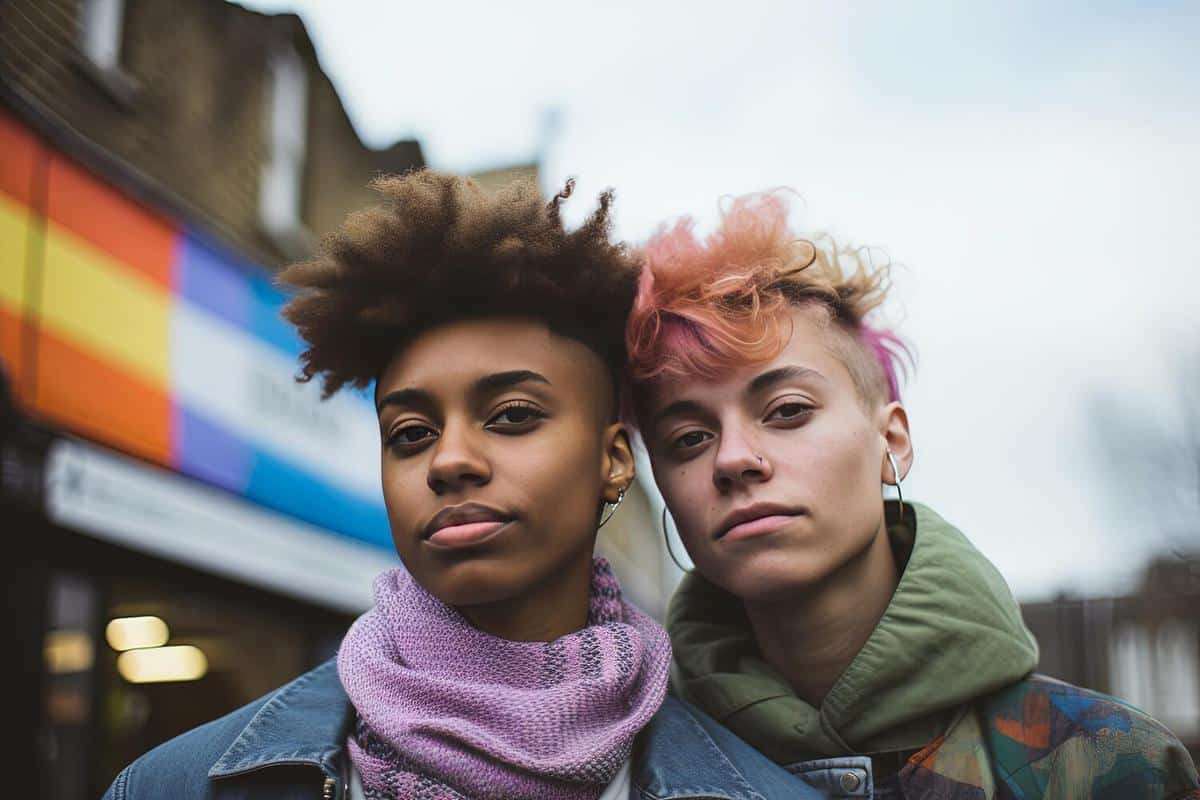
Breaking Stereotypes with Gender-Inclusive Photography
Photography has always been a powerful medium for storytelling, yet it often reflects societal norms and stereotypes. However, a rising trend in the art form is challenging conventional narratives through gender-inclusive photography, offering a fresh perspective that celebrates diversity and authenticity.
In recent years, photographers have been actively working to break down gender stereotypes by capturing images that reflect a broader spectrum of human identity. This approach not only challenges the traditional gender binary but also embraces the fluidity and uniqueness of each individual. According to a study by the Pew Research Center, there’s a growing acceptance and understanding of diverse gender identities, which is reflected in modern photography trends.
Challenging Norms with Visual Storytelling
Visual storytelling in photography offers an opportunity to question and redefine what gender means in contemporary society. By avoiding cliched depictions and instead focusing on genuine representation, photographers can create more inclusive imagery. As renowned photographer Alex Manfred, who specializes in gender-inclusive portraiture, notes, “Photography should reflect the world we live in, with all its diversity and complexity.”
Statistics Highlighting the Shift
A recent survey by Statista indicates that 60% of younger generations prioritize diversity in media representation. This statistic underscores the shift towards more inclusive narratives in photography, as audiences increasingly value authenticity over traditional stereotypes.
Personal Stories Behind the Lens
Consider the story of photographer Jamie, who uses their lens to capture the essence of non-binary individuals. Jamie’s work not only provides visibility to underrepresented communities but also educates and inspires others to embrace diversity. Their portfolio showcases a range of emotions and identities that defy conventional gender roles.
Actionable Tips for Gender-Inclusive Photography
- Engage with Your Subjects: Build trust and open communication to understand their story and how they wish to be represented.
- Use Neutral Backgrounds: Opt for settings that do not impose gendered connotations, allowing the subject’s personality to shine through.
- Experiment with Angles: Capture diverse perspectives to highlight different facets of identity.
- Inclusive Lighting: Use lighting that complements all skin tones and genders, creating a welcoming visual experience.
Resources for Further Exploration
| Resource | Description |
|---|---|
| GLAAD | An organization dedicated to promoting understanding of LGBTQ+ issues. |
| PFLAG | A network offering support for families and allies of LGBTQ+ individuals. |
| Human Rights Campaign | A leading advocate for LGBTQ+ equality, providing educational resources. |
| The New York Times – Lens Blog | Features photography stories that challenge societal norms. |
| National Geographic Photography | Offers a diverse range of photo essays exploring global cultures. |
| Photo District News | Presents trends and insights from the world of photography. |
| Behance | A platform to discover creative work, including gender-inclusive portfolios. |
| Social media platform where many photographers share their inclusive work. |
FAQs on Gender-Inclusive Photography
What is gender-inclusive photography?
Gender-inclusive photography aims to represent all gender identities authentically and respectfully, breaking away from traditional stereotypes.
How can I ensure my photography is gender-inclusive?
Engage with diverse subjects, use neutral settings, and focus on genuine storytelling to create inclusive images.
Why is gender-inclusive photography important?
It fosters understanding, promotes diversity, and challenges societal norms, making photography more representative of the world we live in.
In conclusion, breaking stereotypes with gender-inclusive photography is not just a trend but a necessary evolution in the art form. By embracing diversity and authenticity, photographers can create impactful images that resonate with a wide audience and inspire meaningful change. As you explore this avenue, remember that the goal is to tell stories that are true to the subjects and reflective of the diverse world we inhabit.


